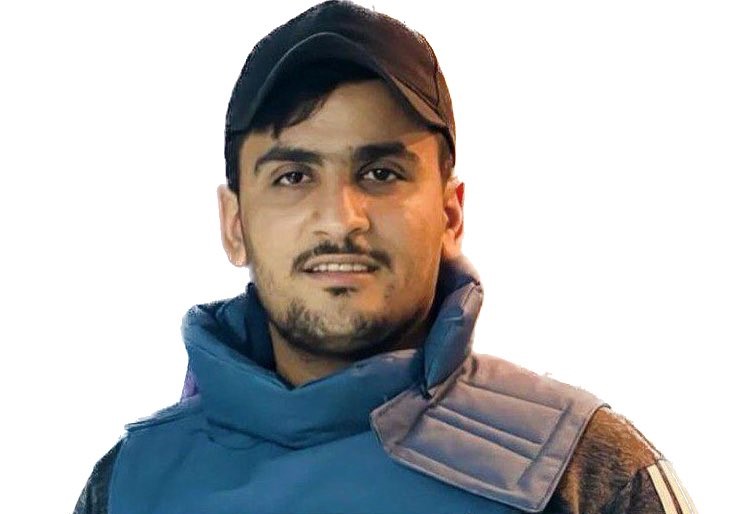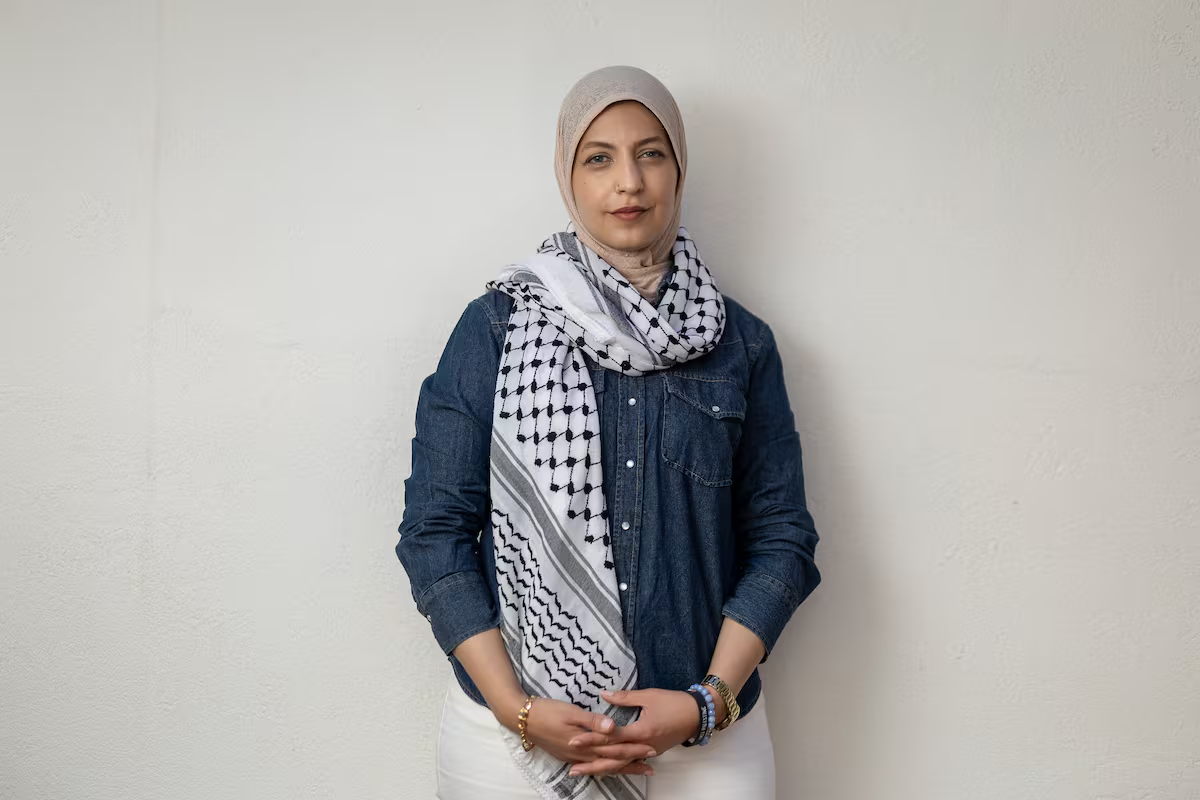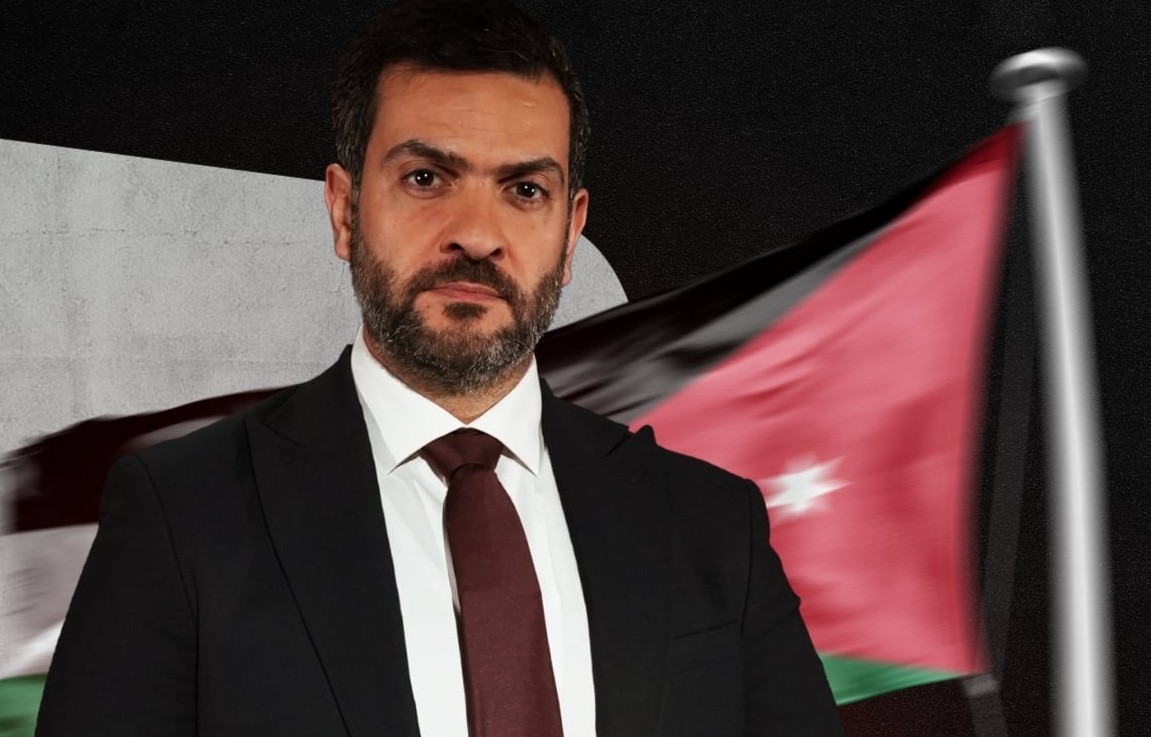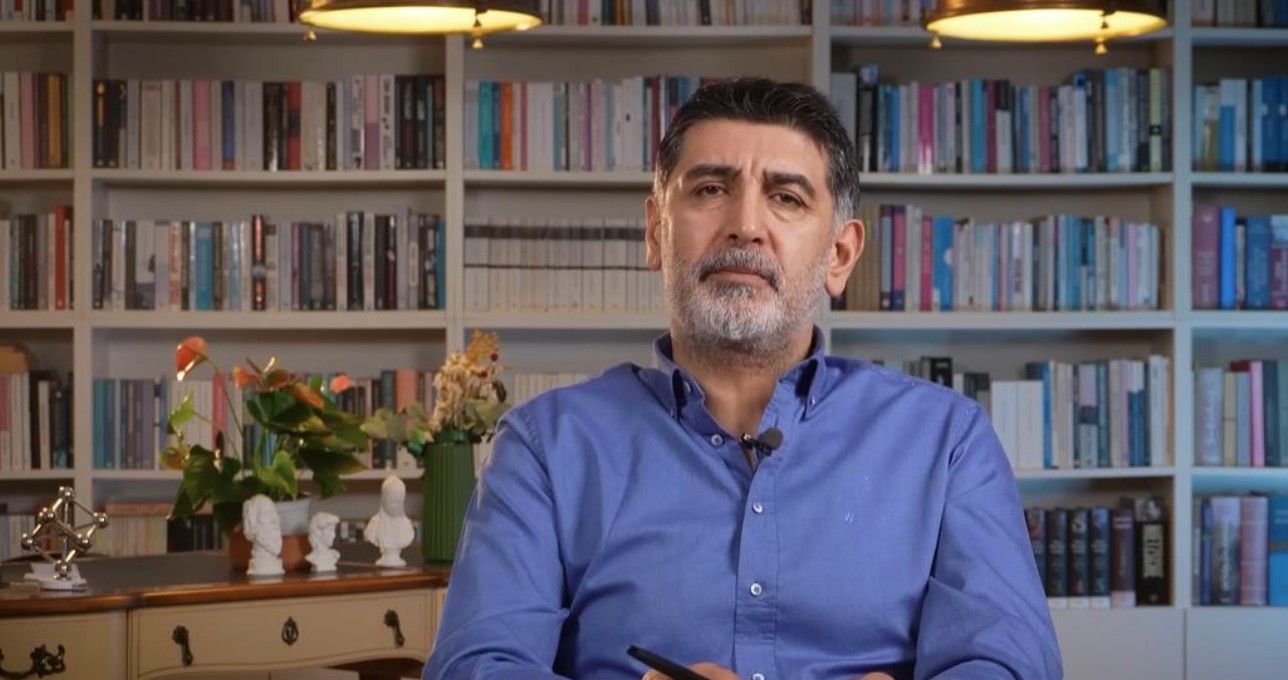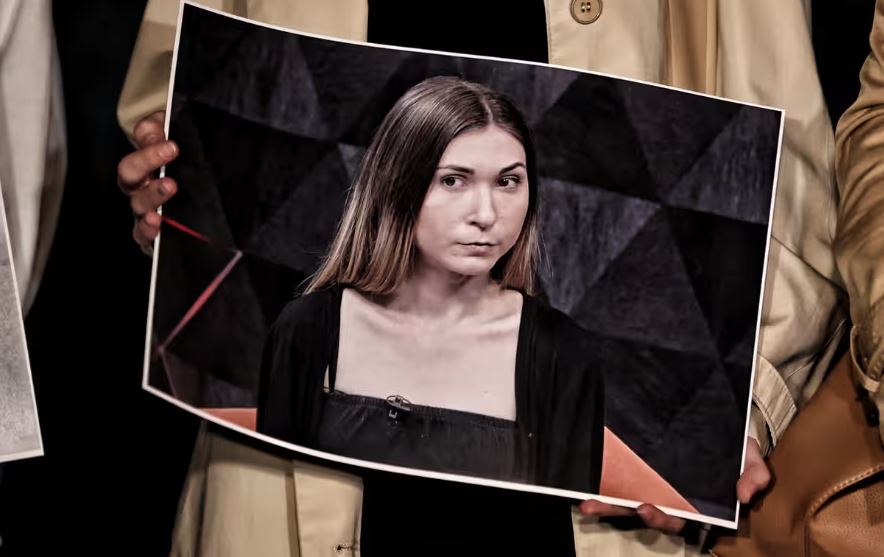
Ukraine Loses Ninth Female Journalist in Russian Detention
November 1, 2024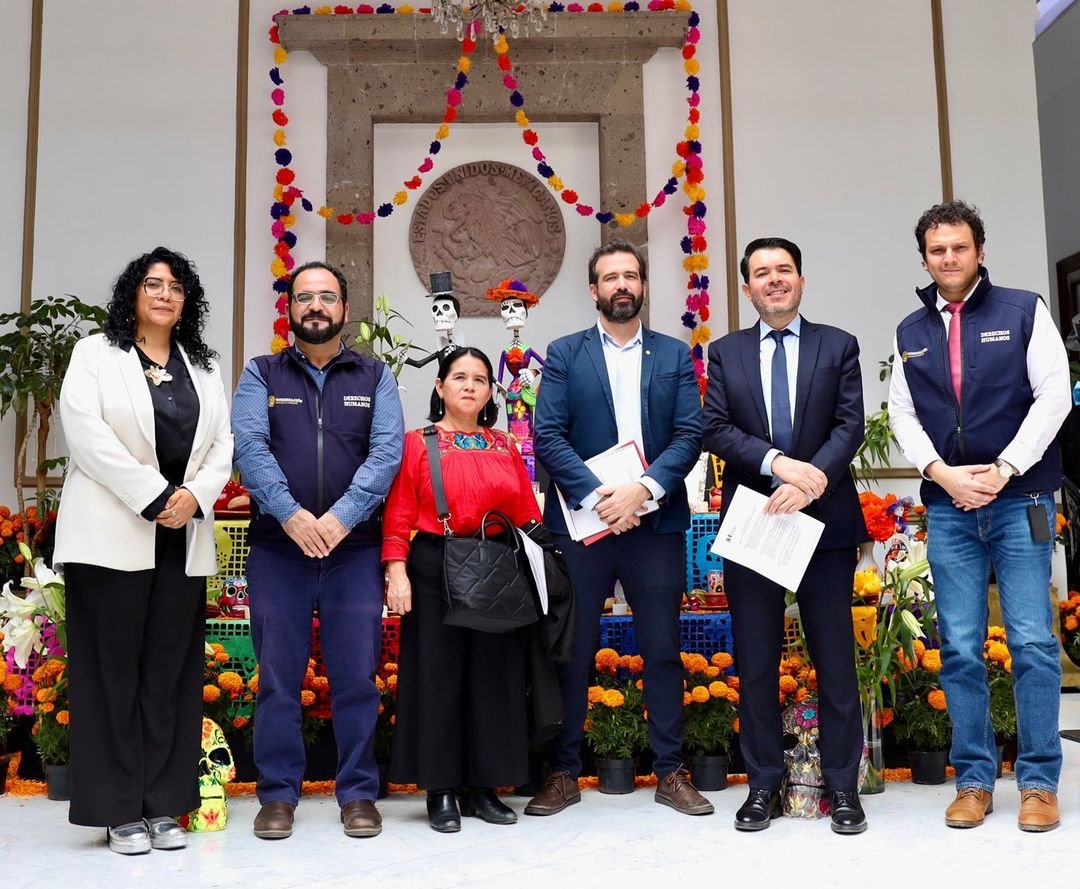
Mexico Pledges to Combat Impunity for Crimes Against Journalists RSF Calls for Urgent Action
November 2, 2024Nov 1, 2024 – Palestine –
Bilal Muhammad Rajab, a 27-year-old camera operator for Al‑Quds Al‑Youm TV, was tragically killed by an Israeli airstrike near the Firas Market in central Gaza City while covering the unfolding conflict. According to the Gaza government’s Media Office and the Palestinian Journalists Syndicate, his death increases the number of journalists killed in Gaza since October 7 to 183.
The Committee to Protect Journalists (CPJ) reported that Rajab was collaborating with citizens at the scene around 3:30 p.m. when an Israeli aircraft carried out the attack. The strike was sudden and lethal—Rajab was reportedly killed instantly, underscoring how journalists are becoming direct targets even in urban civilian zones.
The Palestinian Journalists Syndicate condemned the strike as emblematic of deliberate aggression aimed at silencing eyewitnesses. Rajab’s death follows that of Baraa Ali Daghish, a fellow photojournalist killed in a separate airstrike in the Nuseirat camp just a day prior, shocking the journalistic community with its rapid succession.
This wave of violence comes as global scrutiny intensifies. Gaza has become the deadliest conflict zone for journalists in modern memory, driven largely by Israeli military operations during the eight-month-long conflict. About two-thirds of journalist casualties worldwide in 2024 were Palestinians killed in Gaza. UNESCO labeled this catastrophic toll—the highest in any modern conflict—the result of systematic targeting rather than mere collateral damage. Journalist protection expert Irene Khan has warned that such conduct violates international humanitarian law.
In response, international press rights groups—such as CPJ, Reporters Without Borders, the International Federation of Journalists, and the United Nations—are demanding independent investigations and accountability. They have pushed for examination by the International Criminal Court, arguing that the destruction of at least 48 media facilities and the high number of civilian journalists killed suggest a deliberate strategy.
Bilal Rajab’s death is not an isolated tragedy; it marks part of a broader assault on media freedom in Gaza’s embattled zones. His killing is a stark reminder of the grave risks faced by journalists reporting from the front lines—and a call for swift international action to protect media workers and uphold the right to truth.
Reference –

